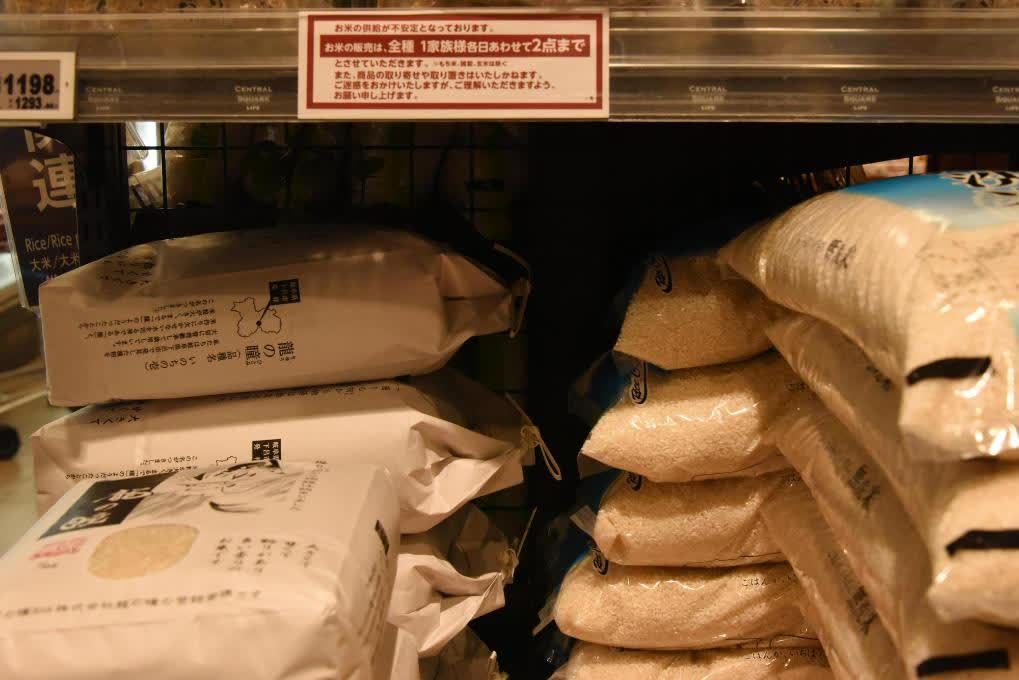
The Japanese government has recently released multiple batches of reserve rice to curb soaring prices, leading to a significant drop in stockpiles. On June 6, Agriculture, Forestry, and Fisheries Minister Shinjiro Koizumi stated that if rice prices remain high even after depleting reserves, emergency imports from abroad could be "one of the options."
Japan established its rice reserve system in 1995 to release stocks in cases of disasters or large-scale crop failures. As of late June 2024, the government held about 910,000 tons of reserve rice. Since March this year, the Ministry of Agriculture, Forestry, and Fisheries has released four batches to stabilize prices, with remaining reserves expected to drop to around 300,000 tons after the latest release.
When questioned about contingency plans once reserves are exhausted, Koizumi emphasized at a press conference on the 6th that the government would consider "all options, including emergency imports." He added that there are "no taboos" in policies aimed at stabilizing rice prices.
According to Japanese media, it is rare for an agriculture minister to openly mention "rice imports," a move likely to face strong opposition from domestic farming groups.
Since the summer of 2024, extreme heat-induced poor harvests have driven up rice prices. In August last year, meteorological warnings of heightened earthquake risks in the eastern Pacific Nankai Trough triggered panic buying, leading to a temporary rice shortage. Although new harvests have eased supply concerns, prices remain stubbornly high.
Related News:
Japan ispace confirms lunar landing failure after loss of communication
Japan to enhance intellectual property competitiveness via AI use




















Comment